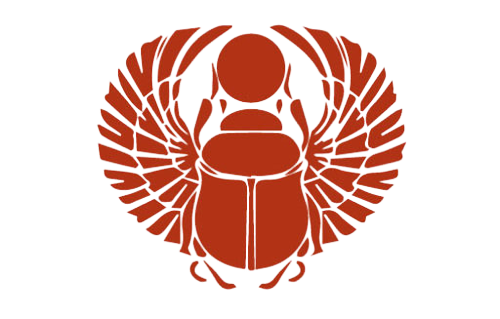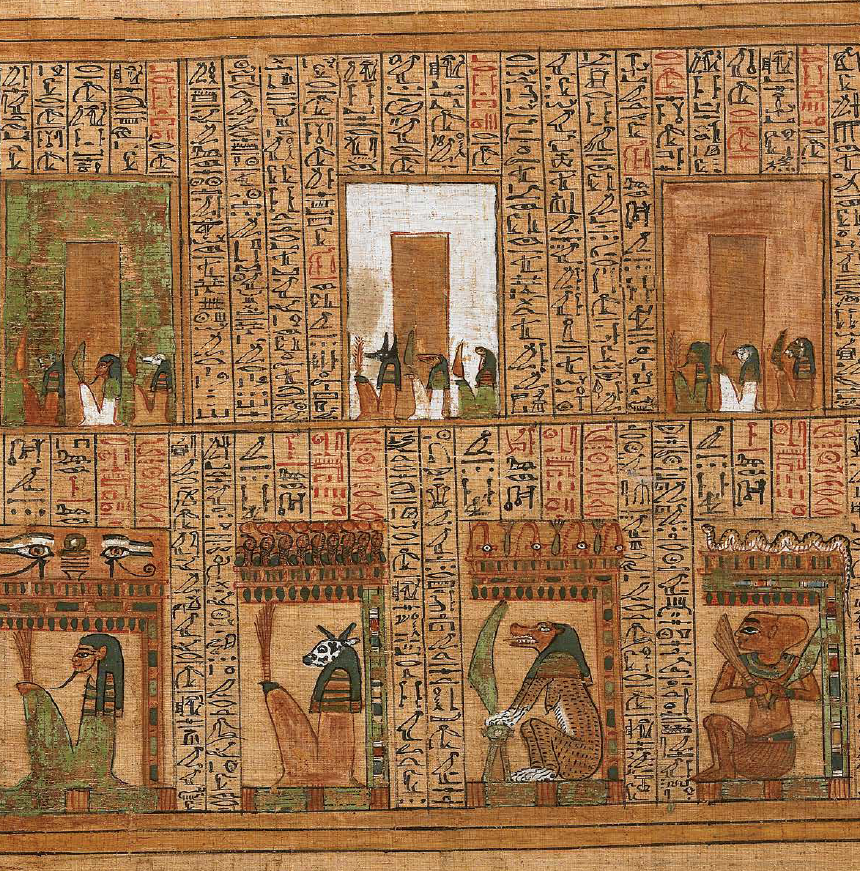Learn about the history of Papyrus of Ani below:
What is Papyrus of Ani?
Papyrus of Ani is one of the best-known copies of the Book of the Dead. This is the modern name for the Book of the Coming Forth by Day.
It's exceptionally well preserved; this characteristic together with the cursive hieroglyphic writing and the beautifully drawn and colored vignettes make this papyrus one of the most spectacular Book of the Dead scrolls ever found.
Dated to the XIX Dynasty of the New Kingdom. It is a unique document, due to its beauty and quality. Full of extraordinary vignettes along 23.6 meters of papyrus that Sir Wallis Budge cut into several pieces shortly after in 1888, because he was afraid of possible damages when transporting it.
At that time, the techniques weren't enough to fix it
Unfortunately, at that time, the techniques were not developed enough to put the pieces back together. Resulting several damages in its integrity.
As common in this type of New Kingdom scrolls, the Papyrus of Ani contains a unique selection of texts and vignettes from the group of spells known as The Book of The Dead. In the scene of the "Final Judgment", we witness the weighing of Ani's heart against a feather that represents maat, symbol of cosmic harmony in Egyptian culture. And is one of the most famous representations of this corpus.
Who found Papyrus of Ani?
The history of Papyrus of Ani start under unusual circumstances. In 1888 by the British Museum's dealer, Ernest Wallis Budge (1857-1934).
The history of this purchase is one of the darkest ones. Like everything that surrounds the controversial figure of Budge. Well known even today for the different re-issues of many of his books, Wallis Budge used unethical methods to get hold of antiques. Methods criticized even by his contemporaries.
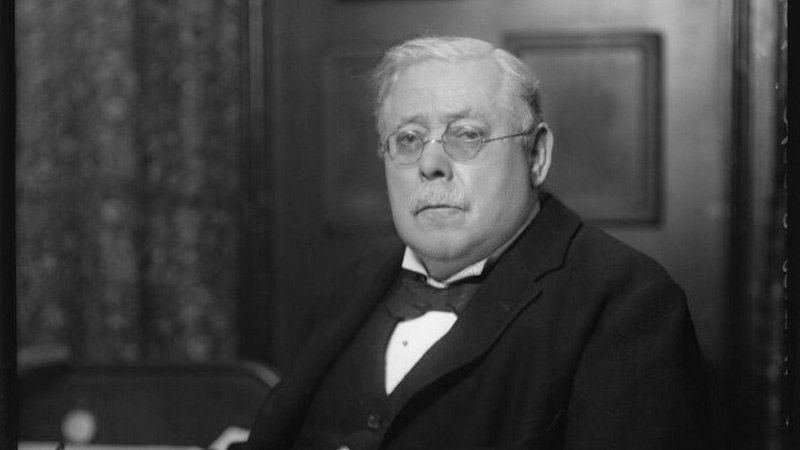
Sir Ernest Wallis Budge
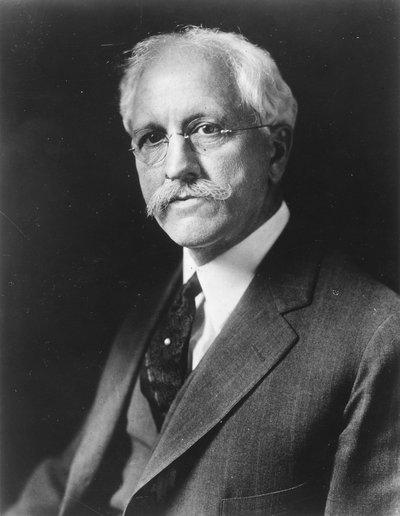
James Henry Breasted
Criticized by his peers
It was a man of science with an undeniable academic projection. But no one can deny his colleagues detested him. Not because of professional jealousy. He published more than 140 books over 50 years. Those who knew him said that when he started something he didn't stop until it was finished.
James Henry Breasted was a renowned American Egyptologist. Described Wallis Budge as the most prominent example of incompetence among the wide range of British trainees. Even at a time when the last traces of colonialism still justified many behaviours. Conservatives criticized Budge's techniques to obtain pieces for the British Museum.
Ever since Auguste Mariette created the basis of the Antiquities Service in 1859 to avoid monument pillaging. Budge dind’t find any difficulty in breaking the rules and do whatever he wanted to do to finally get away with it.
The story told by Wallis Budge himself
Budge himself tells us how he got hold of the Papyrus of Ani. In 1888 some Egyptians took him to a tomb, he does not mention which one, where among other objects “was the largest papyrus scroll he had ever seen before. The scroll was bound with a thin papyrus string and was perfectly preserved, with the clay seal that joined the ends of the string also intact.
The scroll was located in a rectangular cavity in the north wall of the sarcophagus chamber, together with some hard stone amulets. It seemed sacrilege to break the seal and remove the string. But when I had copied the name on the seal, I did so. For otherwise I could had never seen the contents of the papyrus before. We unrolled a few feet of the papyrus, about an inch at a time, as it was very fragile. I was struck by the beauty and freshness of the colors of the human and animal forms, which, in the dim light of the lamps and the hot air from the tomb, seemed to be alive”.
Budge didn't hesitate to get hold of this magnificent copy of the Book of the Dead. Knowing the illegal purchase made by the Englishman, the authorities of the Antiquities Service surrounded the house to get hold of the pieces. But Budge didn’t mind. Without hesitation, as if a comedy movie, he invited the policemen to a gargantuan meal outside his house. While his men dug a tunnel in the garden to take out the pieces. In order to get the papyrus out of the country more comfortably, he cut its more than 23 meters into 37 fragments.
This story improves the piece
More than 125 years have passed since then. It is part of the history of Papyrus of Ani itself that enriches it, turning it into something extraordinary. Probably, if Budge had not acted in that way; perhaps Budge would lost the papyrus forever or would fragmented into a thousand pieces as has happened with others; being forgotten or spared among different collections without knowing which part belongs to which papyrus. At least today we can enjoyed in the British Museum in London.
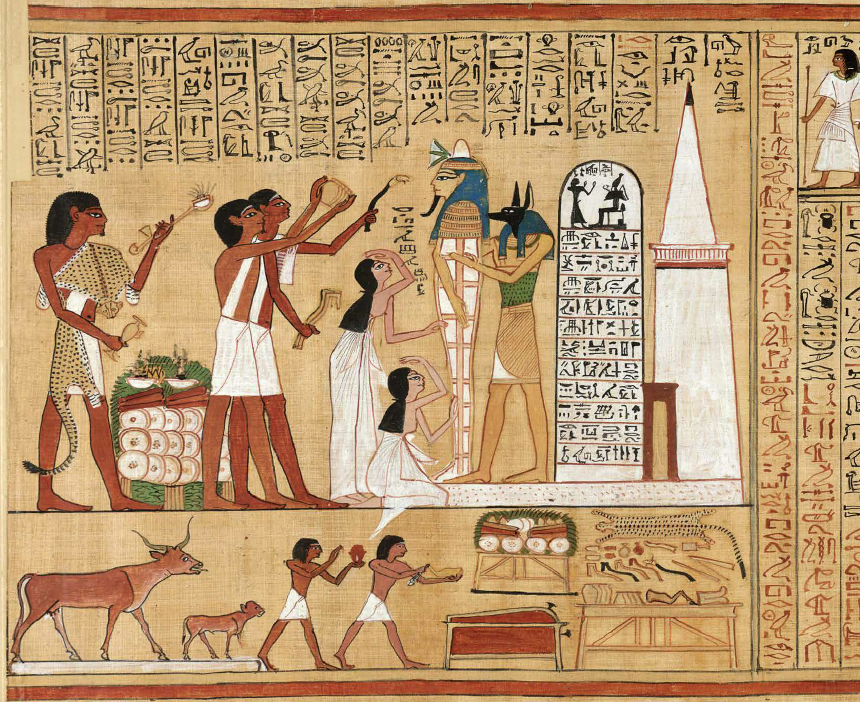
Where was Papyrus of Ani?
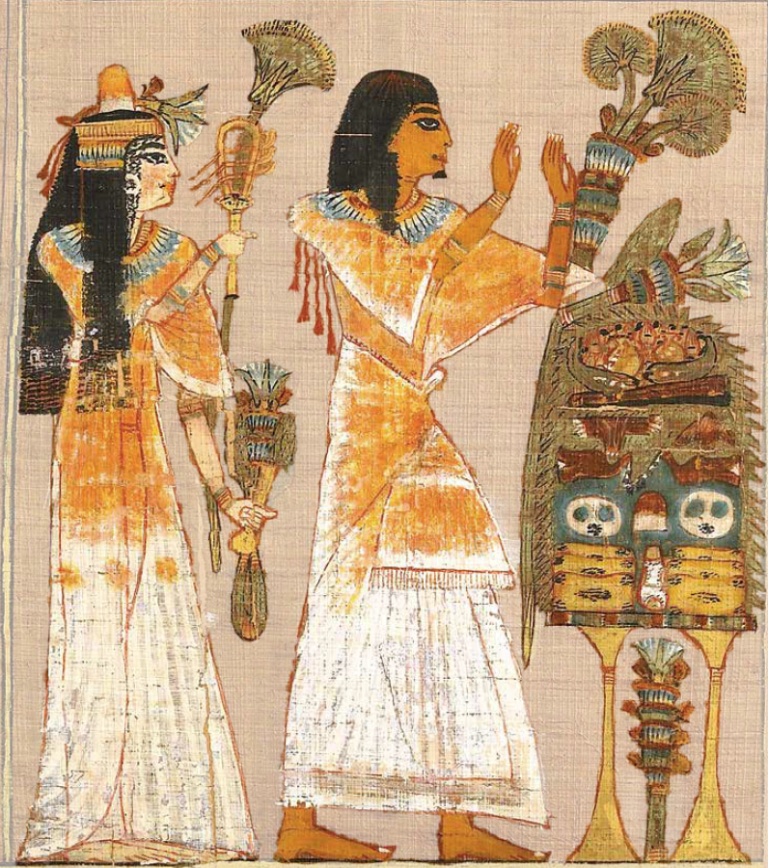
Vignette II of the Papyrus of Ani (Plate XXIX): Ani and his wife Thuthu, standing with their hands raised, worshiping Osiris, before an offering table.
Nowadays, the Papyrus of Ani is in the British Museum in London. Sir. Wallis Budge found it in the tomb of Ani (19th century dynasty ca. 1250 BC).
Ani was a high commissioner who held titles such as True Royal Scribe and Manager of the Divine Offerings to all Gods. His link to the highest class makes us describe him as welknown royal scribe, married to a priestess called Tutu, Lady of the House of the Adorers of Amun.
